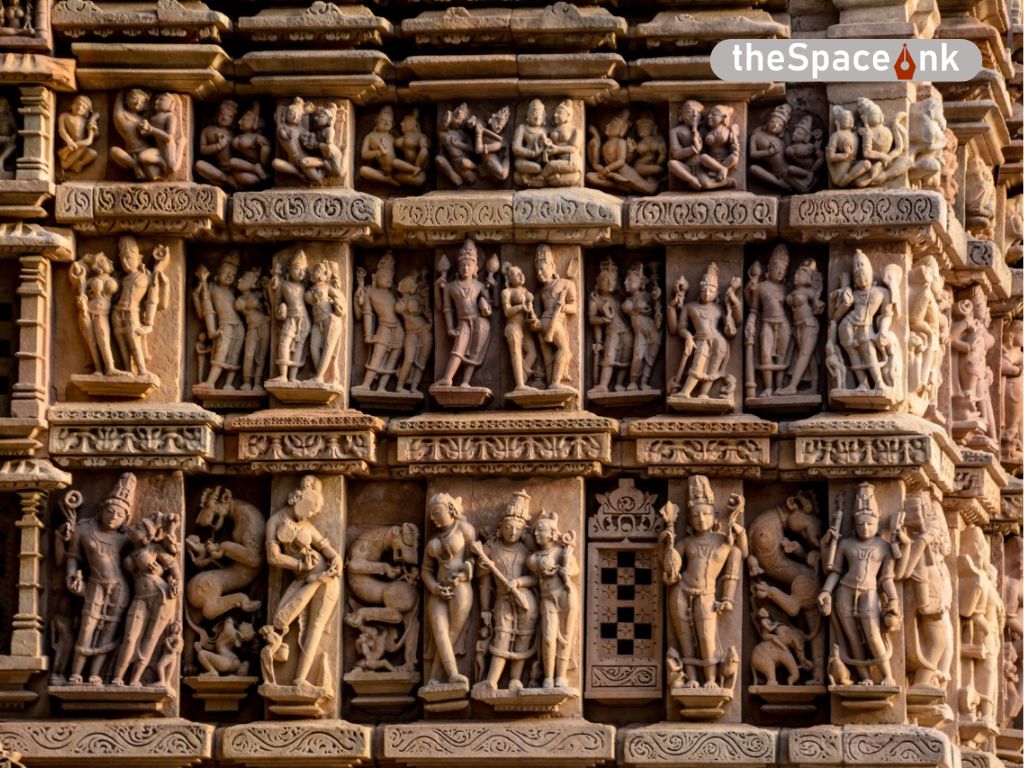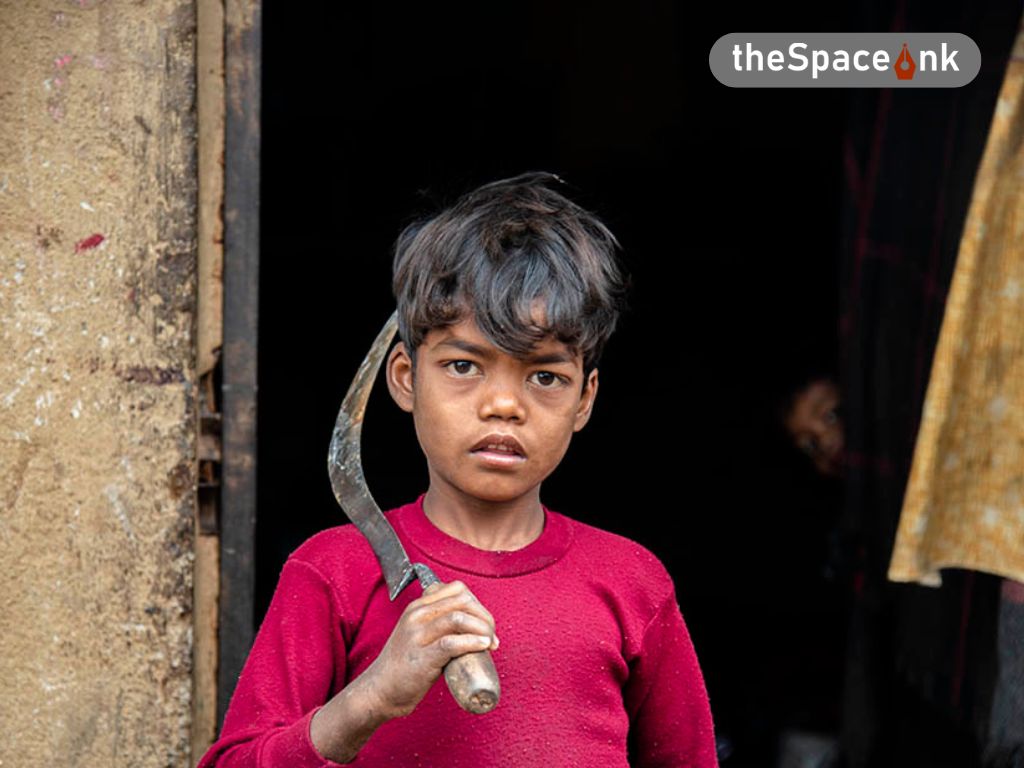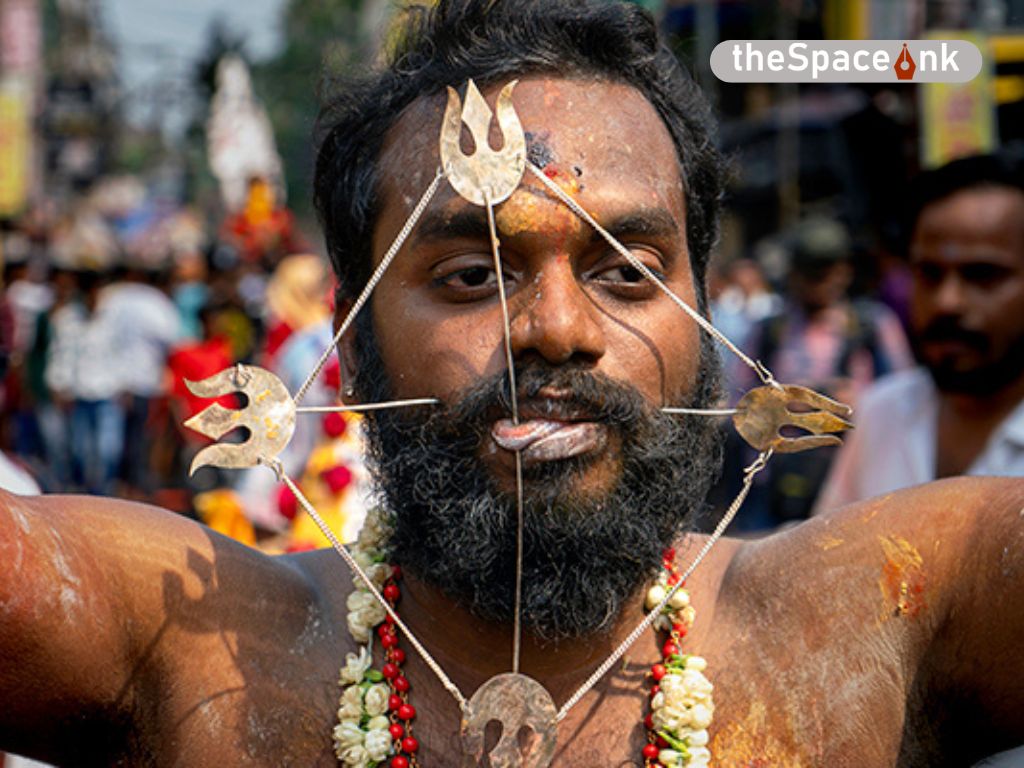





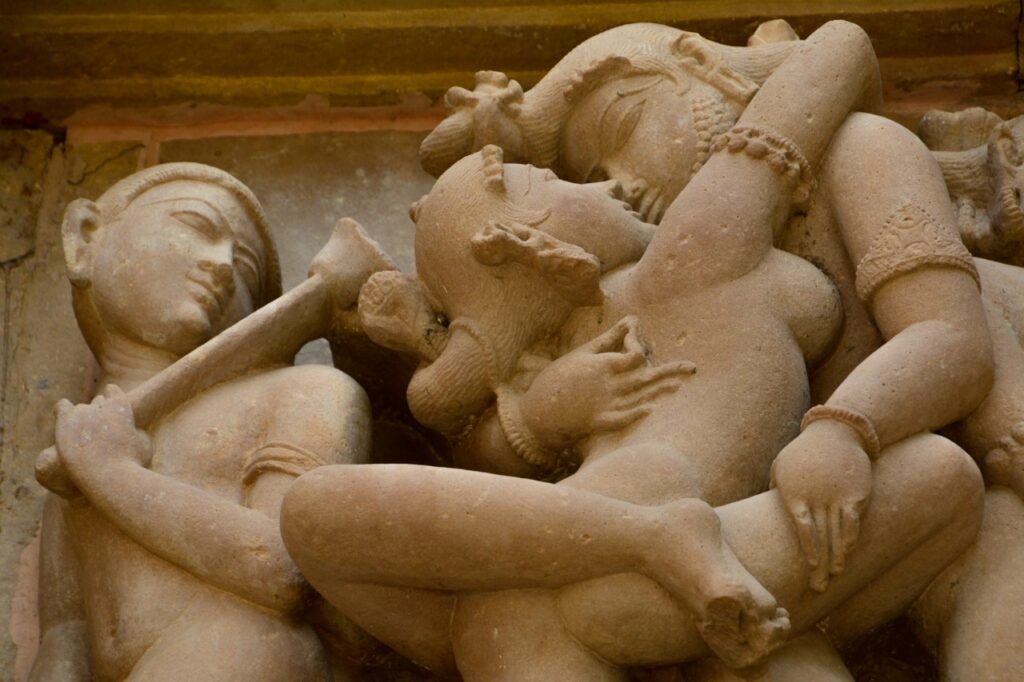
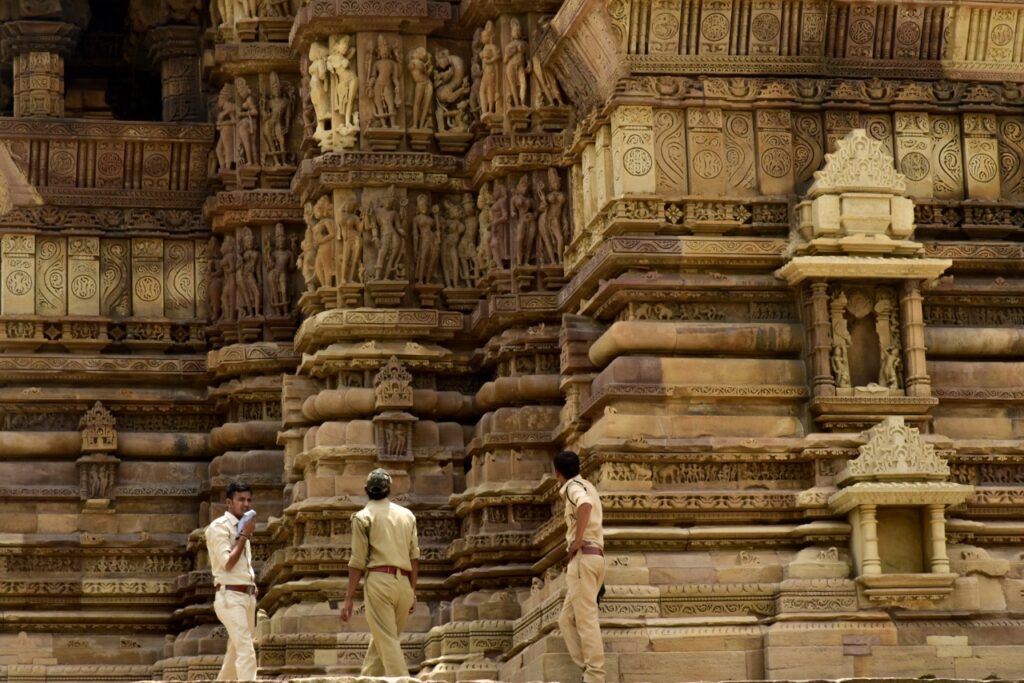

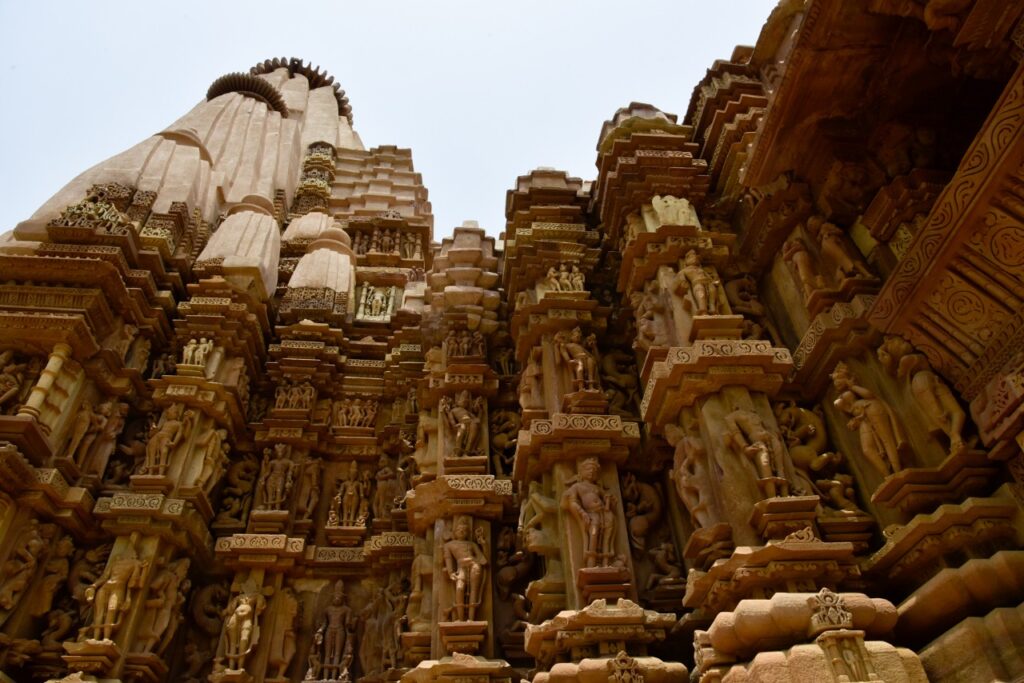
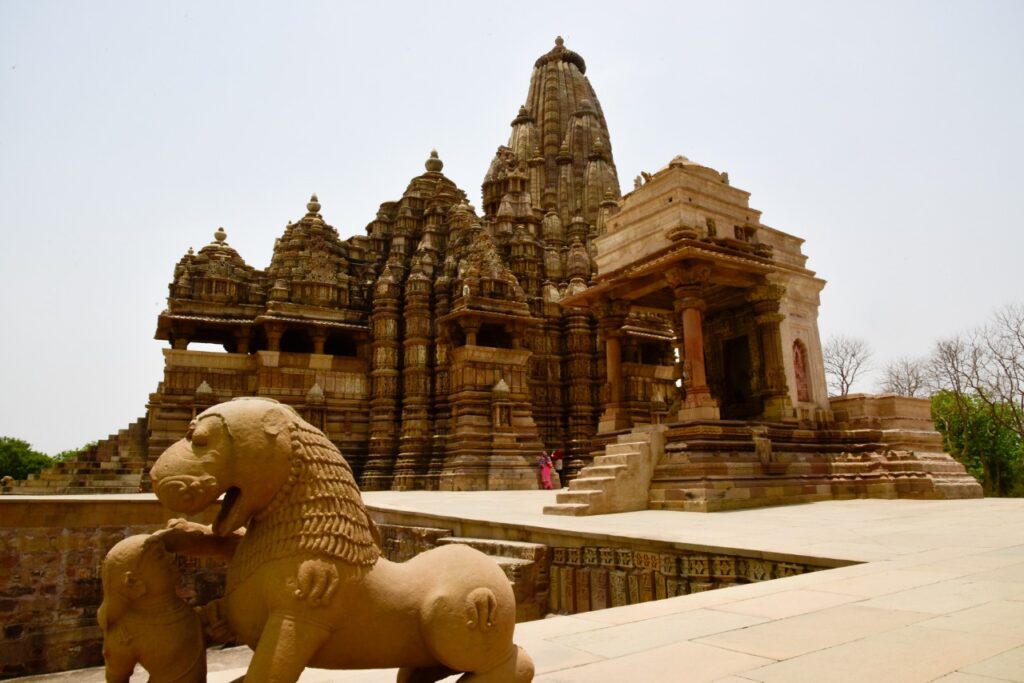
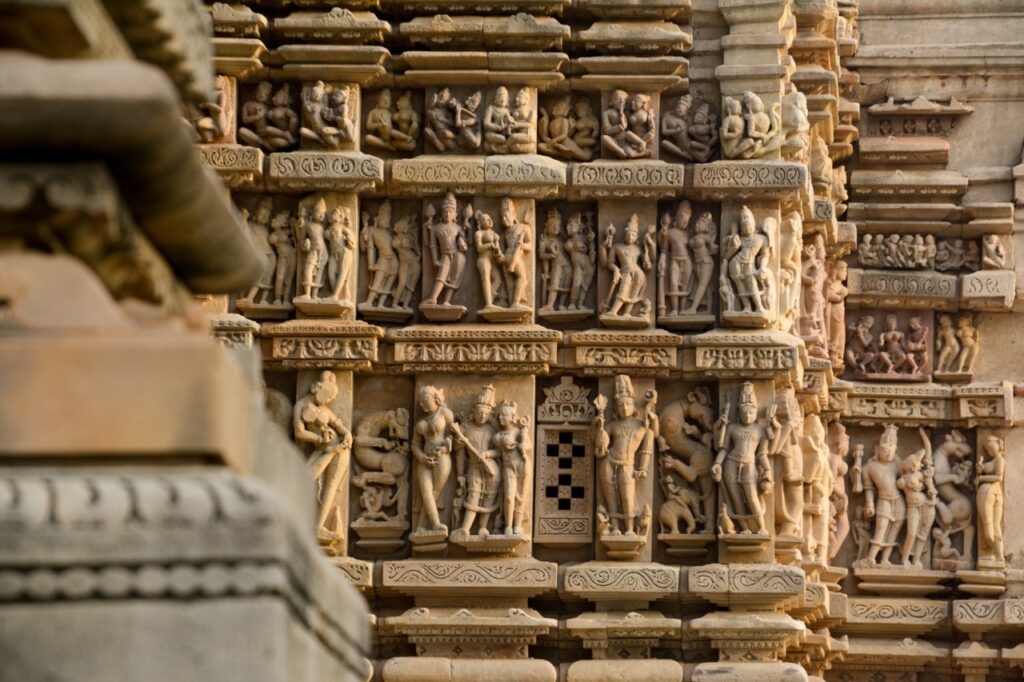
Nestled in the heart of Chhatarpur district of Madhya Pradesh, Khajuraho (named after the common date palm), till present day, stands as a sole testament of artistic grandeur, symbolizing unique cultural diversity. Built during the 9th and 12th centuries by the Chandela dynasty, the temple site primarily comprised 85 temples which were spread over 20 square kilometers. The architectural style of Khajuraho belongs to Nagara School of temple design, which is characterised by soaring spires (shikharas) and mandapas (pillared halls).
The sculptures here work as an amalgamation of Eastern philosophy and Western dynamism. The figurines reflect a sense of movement that is reminiscent of Hellenistic sculptures, infused with a profound spiritual dynamism of Indian thought.
Photo Story: Bishnupur: The land of Numerous Temples
From the finely chiseled celestial nymphs (apsaras) engaged in dance, to certain court scenes, each carving breathes life to the stone, that reflects not only aesthetics, but also a cultural synthesis of ancient India. Artistically, the temples form a cultural confluence through the creation of various Hindu and Jain shrines, which reflects the religious harmony present in that period. Different confluences of Persian and Central Asian motifs on floral patterns and drapery styles reflect the region’s openness towards external artistic affairs.
The erotic sculptures not only focus on physical desire, but are representations of Tantric philosophy, where the human body is depicted as a symbol towards attaining divine consciousness. Creating a bond between the past and the present, Khajuraho remains as an ode to human creativity, where art, history and devotion continue to converse in whispers of stones, making it a must visit for one and all.
Story by Anneysha Chatterjee
Bishnupur
Atanu Paul is an ace photoartist working for 35 years in this field. He is the first Indian whose work has featured in the several collector's edition of the National Geographic as well as in their Calendar edition and in their own exhibition cover.


